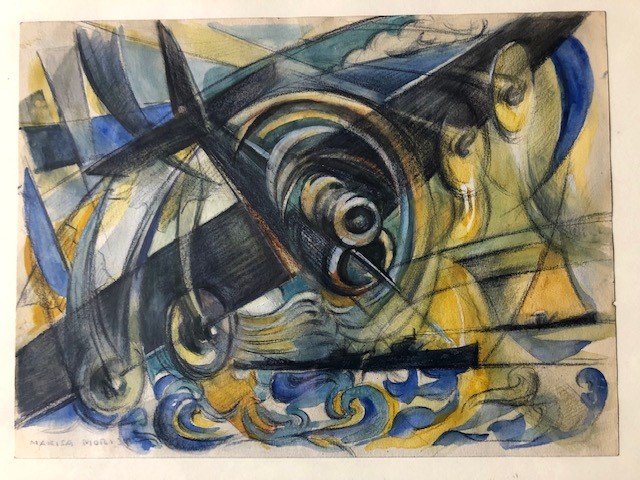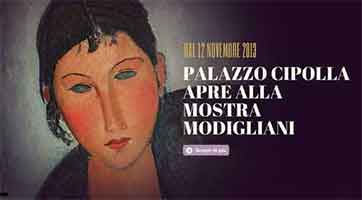Mori Marisa, female aeropainter who was against racial laws
by Prof. Francesco Carelli
Marisa Mori was born in 1900 in Turin. She approached painting as a self-taught, advised and encouraged by the sculptor Leonardo Bistolfi. Later, she enrolled in the private school run by Feloice Casorati, of whom she attended the lessons between 1925 and 1931 to then become one of assistants. She get closer to avant-garde circles by attending Fillia and Diulgheroff.
In 1932, her adherence to futurism was sanctioned. In 1933, she was invited at First National Futurist Exhibition in Rome, while she began to paint paintings inspired by the futurist myth of radio and radio listening. At the same time, she was interested in photography and made scenographic projects for the theatre and for movies, taking part, between 1932 and 1937, in all the futurist exhibitions of scenography.
Seeking a constant balance between abstract and figurative elements, she never completely lose the naturalistic recognition of subjects, but subjects the forms to a cube – futurist decomposition, favoring curved rhythms. On the example of Diulgheroff, she preferred to spread the color in a thin paint film, in such a way that the brushstrokes were able to penetrate the forms, flaking their outlines.
Interpreter of a lyrical aero painting with clear influences of Prampolini, she showed a particular sensitivity towards chromatic colors so much to define the compositional plans by means of the tone – color, while on an iconographic level, she was attentive to the themes spread by futurism in the 30s, especially those related to the new means of mass communication and the intoxication of airspeed. In the late thirties, in sharp disagreement with the enactment of racial laws, she gave hospitality to Rita and Gino Levi Montalcini, and questioned his relationship with the futurism. Later, she definitively abandoned futurism to return, starting immediately after the war, towards a figuration of classical and naturalistic matrix, rediscovering the themes of Casorati.
________________________________
Photo: cubo – futurist decomposition in aero painting with curved sea lines; signed Marisa Mori, 34.




